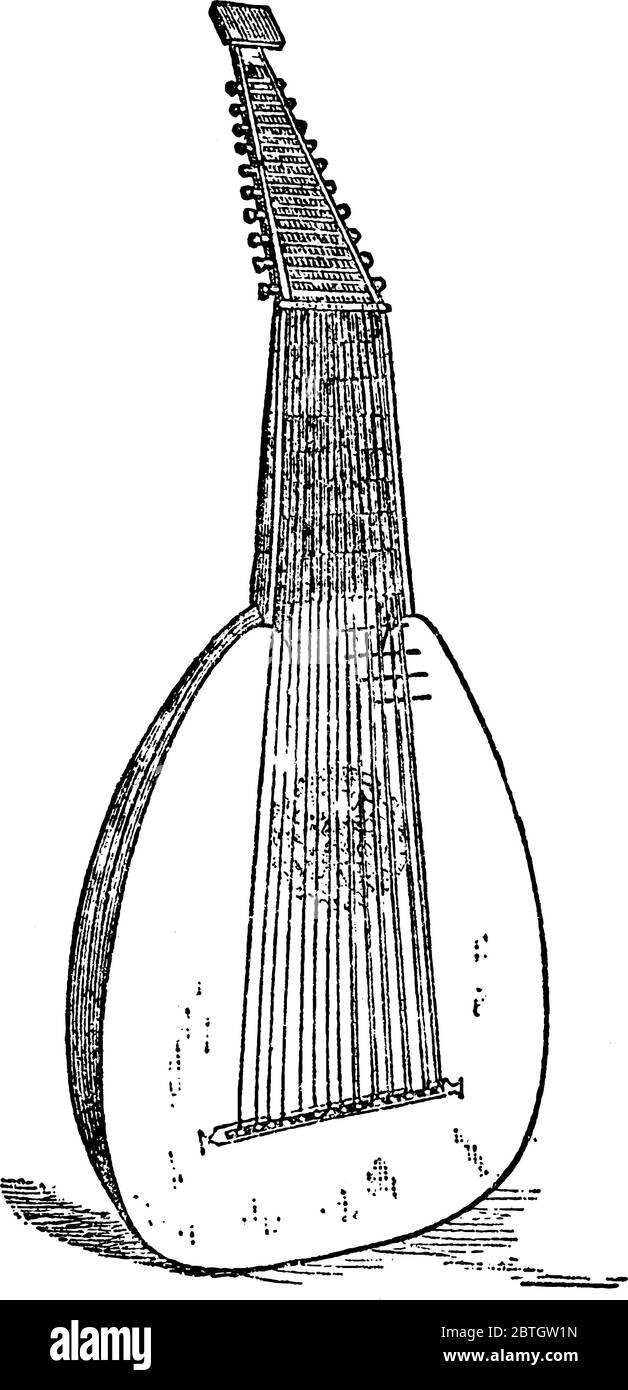

In the late 1700s, a German scientist named Ernst Chladni was the first to show that sound travels via waves by devising a way to visualize their vibrations. We now know that sound propagates in waves through a solid, gas, or liquid medium - but we didn’t always know this. How do Chladni plates work and how did they come about? Ernst Chladni: Exploring Meteors and Music

It’s also possible to visualize the geometry of the different types of vibration, called Chladni patterns, that are possible in a violin via a Chladni plate.Ī photograph of a violin-shaped aluminum Chladni plate showing a Chladni pattern. Violins and other string instruments are designed and constructed by testing the optimal position of the holes, thickness of the wood, and placement of internal rebars, among other factors. It’s critical that the bridge and body of a violin are optimized to transmit the energy of that vibration - otherwise, the resonance will be minimal. For instance, when bowing a string, the string vibrates at a certain frequency, which is measured by how many times per second it oscillates back and forth. Musicians are very particular about their instruments, and rightly so, because an instrument’s design affects its resonance. Licensed under CC-BY 3.0, via Wikimedia Commons.Īside from the violinist’s talent and training, the quality of the violin plays a large role in the sound produced. Musicians warming up on stage before performing. The violinist draws the bow across the string…and the note that results carries beautifully, reverberating throughout the auditorium for your listening pleasure. She raises her bow and a hush falls over the audience as you anticipate her first, resounding note. A single spotlight appears on the violin soloist as she moves front and center stage. Imagine you’re at a classical music concert. Visualizing the Resonance of Musical Instruments A special technique creates patterns on the plate that reveal sound’s physical nature. One way to observe acoustics phenomena is by studying standing waves in a solid medium known as a Chladni plate. By changing our perspective, we can learn a lot about the nature of acoustics. “If you want to find the secrets of the universe, think in terms of energy, frequency, and vibration.” - Nikola TeslaĬan we “see” sound? Not directly, but we can come close.


 0 kommentar(er)
0 kommentar(er)
